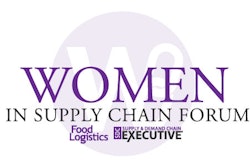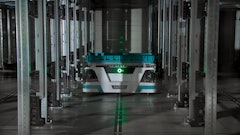
adam121 AdobeStock_315095274
Factory fires, mergers and acquisitions, business sale, leadership transitions and factory disruptions remain the Top 5 reported supply chain disruptions for 2023 to date, according to new Resilinc data.
In fact, from January to June, Resilinc's EventWatchAI platform reported a total of 8,197 supply chain disruptions, with the healthcare, high tech, automotive, aerospace and food and beverage industries bearing the brunt of the impact.
From Resilinc:
- The overall number of disruptions is slowing compared to previous years, with a mere 3% year-over-year increase, indicating the supply chain is stabilizing.
- Bankruptcies surged by 196%, profit warnings by 300% and corporate restructuring by 125%.
- Labor disruptions are also substantially higher this year -- up 136%. This includes company and site-level strikes, national strikes, layoffs and labor protests, among others.
- Factory disruptions, including shutdowns, production halts, warnings/citations, and labor accidents increased by 30% year-over-year. FDA/EMA/OSHA Action saw an 82% jump, while recalls surged by 66% compared to the first half of 2022.
- Financial and organizational risks such as mergers and acquisitions, business sale and leadership transition remained among the Top 5 disruptions, but displayed signs of stabilization and slight deceleration compared to the first half of 2022.
- Factory fires, although still the leading supply chain disruption with 1,642 notifications in the first half of 2023, experienced a nearly 20% decline year-over-year. This reduction can be attributed to the restoration of proper maintenance and procedures following the COVID-19 pandemic, as well as a decrease in production due to shifting consumer demands.
- Of these reported disruptions, over half (53%) were impactful enough to trigger the creation of a WarRoom (virtual platforms in the Resilinc dashboard where customers and their suppliers communicate and collaborate to assess and resolve disruptions).

















